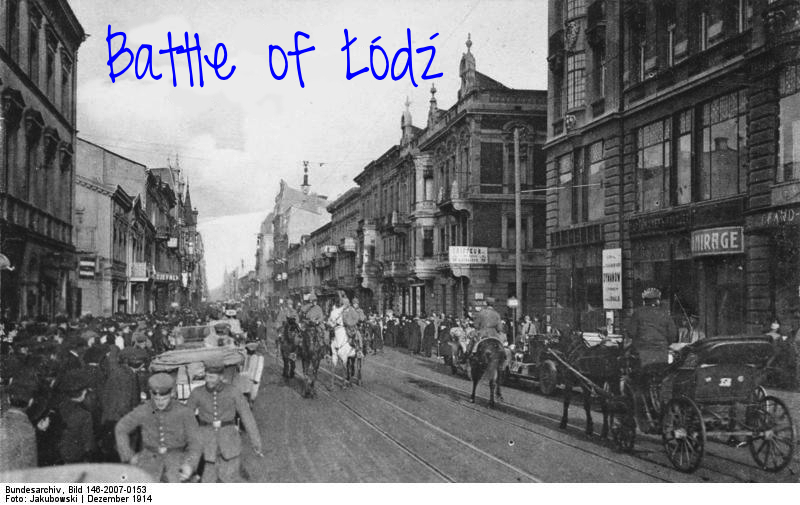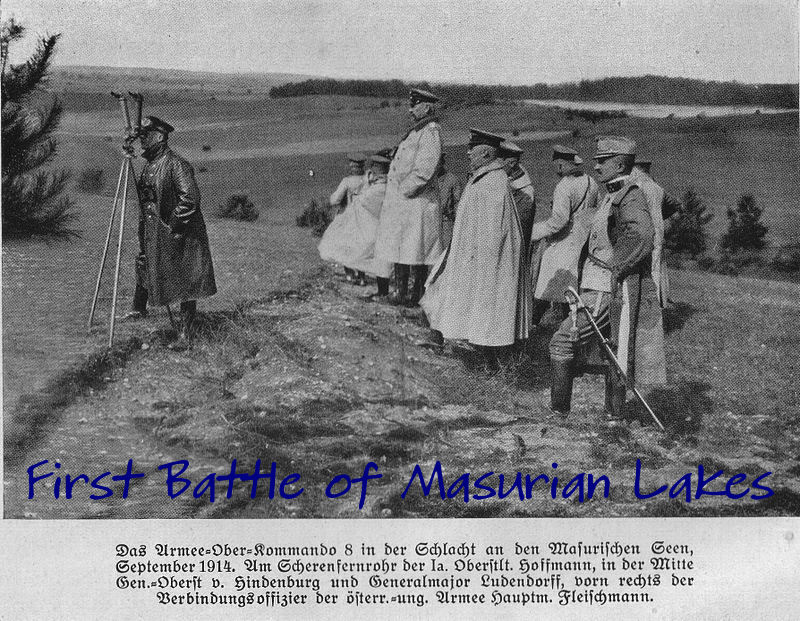Battle of Łódź
Battle of Łódź The Battle of Łódź began on November 11th, as the newly formed German 9th Army, under the command of General August von… Read More »Battle of Łódź
Battle of Łódź The Battle of Łódź began on November 11th, as the newly formed German 9th Army, under the command of General August von… Read More »Battle of Łódź
First Battle of Masurian Lakes A very short article about an early WWI battle, but since there is a 2nd Battle of Masurian Lakes, it… Read More »First Battle of Masurian Lakes

